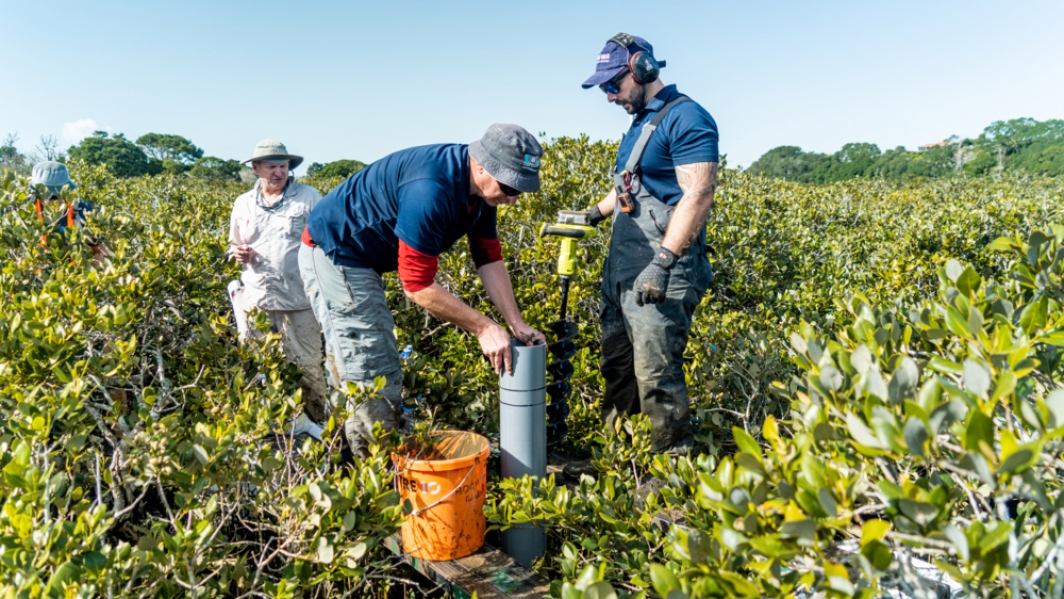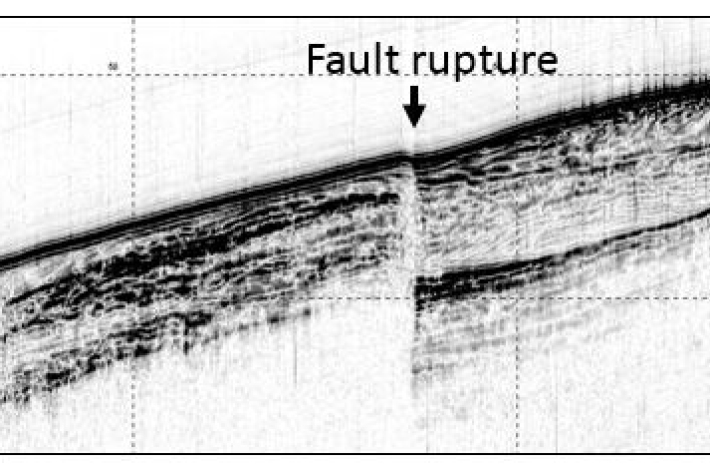-

Identifying the problem for kōura
Identifying the factors causing kōura numbers to decline will allow you to determine which restoration tools you need to employ. -
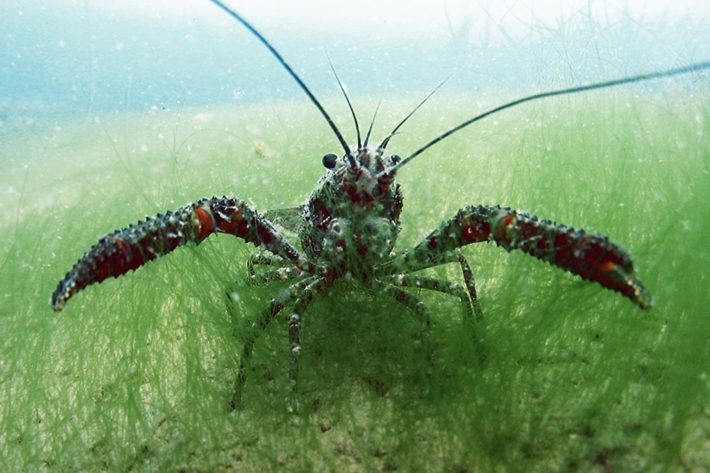
Guide to restoring kōura (freshwater crayfish) in lakes, rivers and streams
Habitat degradation and the introduction of exotic plant and fish species have adversely affected kōura populations throughout New Zealand. However, there are a number of measures that we can use to restore kōura populations in lakes, rivers and streams. -
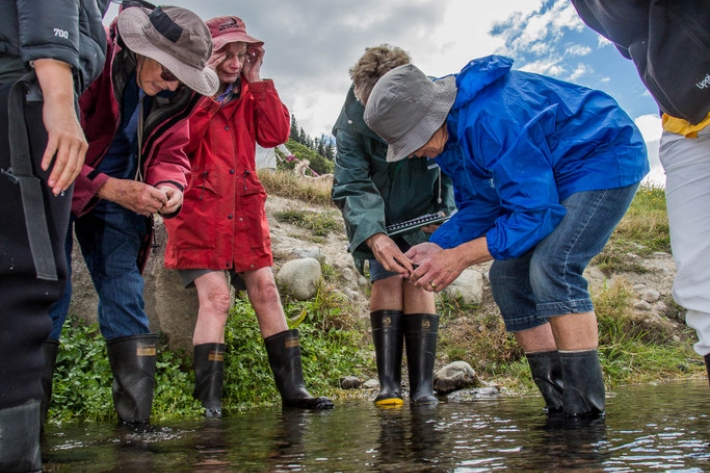
Citizen science monitoring of water a win-win, research shows
Media release12 December 2016New research has revealed that citizen science monitoring of water is a win-win for scientists and volunteers—one gains access to new data, and the other the skills and confidence to become involved in discussions over what is happening to their streams. -
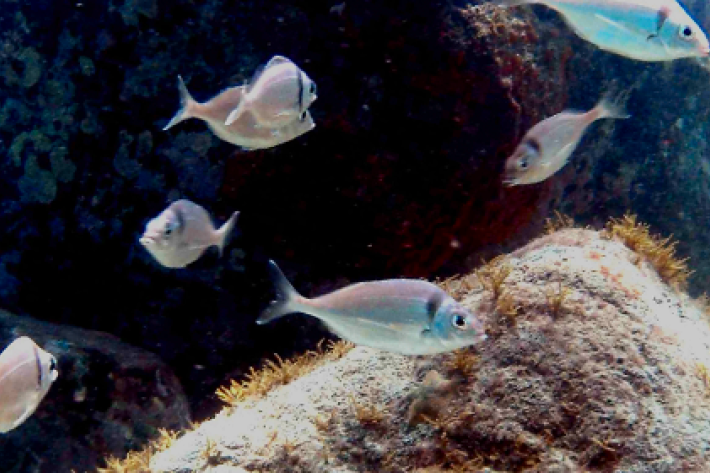
Changes in juvenile fish habitats
Research ProjectNIWA is looking for people who have had a long association with the Hauraki Gulf or Marlborough Sounds to help them with a research project on juvenile fish habitats. -
Scientists detect huge fault rupture offshore from Kaikoura
News article22 November 2016Scientists surveying the seabed in areas affected by last week’s earthquake have confirmed a 34km rupture in the offshore continuation of the Kekerengu Fault, known as the Needles Fault. -
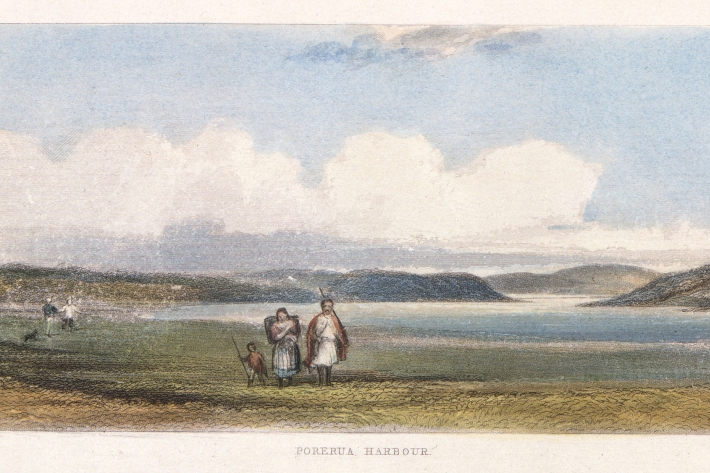
Warriors of the harbour: restoring estuarine health
Feature story15 November 2016Iwi has joined forces with councils and NIWA to restore an estuarine ecosystem to its former health. -
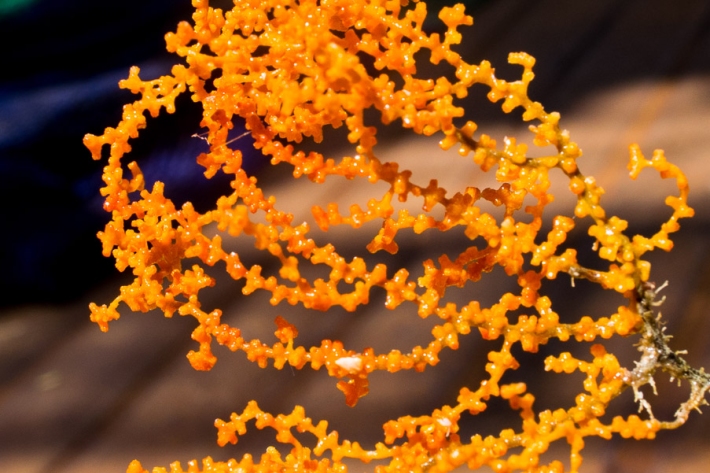
On the road again
We have reached the end of our sampling program up in the Kermadecs and we’re on our way home -
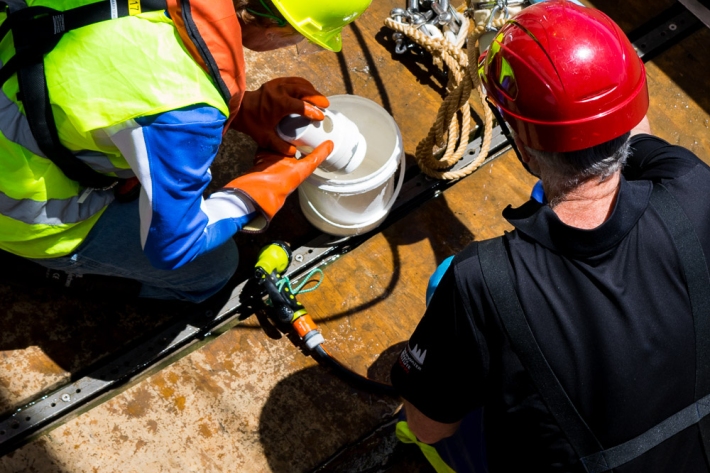
It’s a small world after all
For the last couple of days we have been sampling near L’Esperance Rock. -
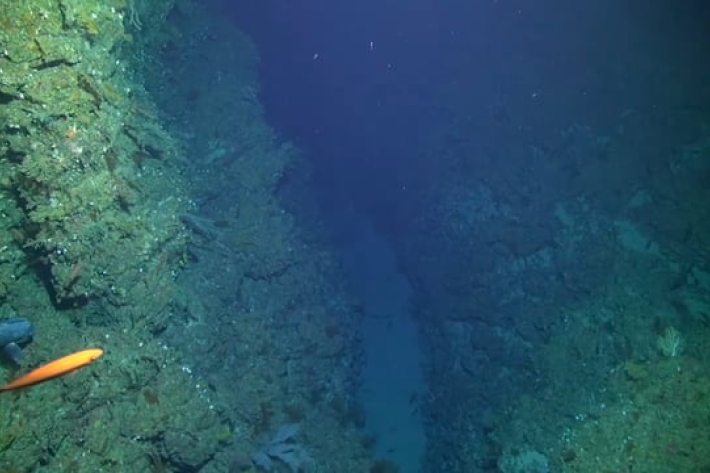
Deep Towed Imaging System - Kermadec Voyage 2016
The Kermadec Expedition team are currently trying to answer this question with the help of our DTIS tool (deepwater camera system), but it is not always smooth sailing at the bottom of the ocean... -
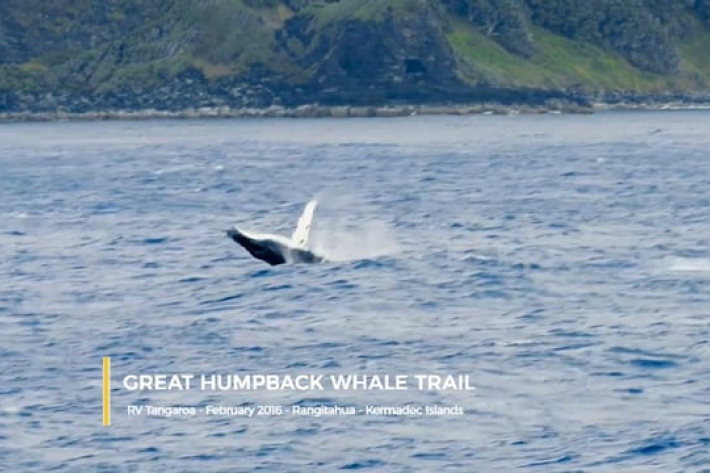
Great Humpback Whale Trail
Here is an insight into what Auckland University’s whale research team is up to in The Kermadecs. -
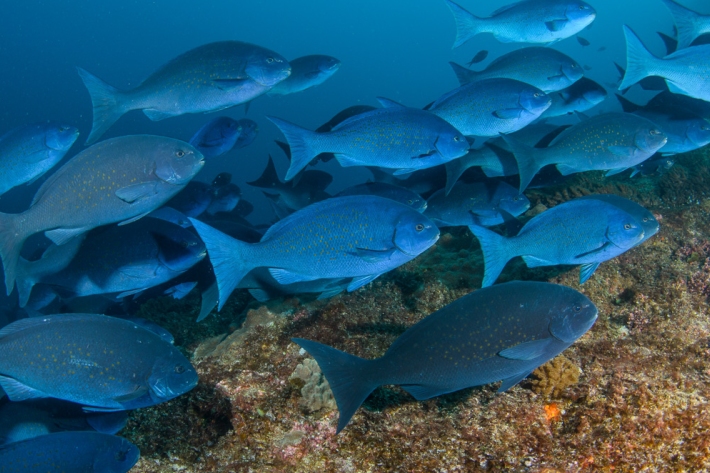
From shallows: moving from the familiar shores of Raoul Island to lesser known higher latitude Islands
Over the last few days the “dive team” have been recording corals, fishes, urchins and other invertebrates from the shallow waters (0-30m) surrounding Raoul Island to complement the biodiversity records from the deeper ocean collected by the other scientists onboard.

